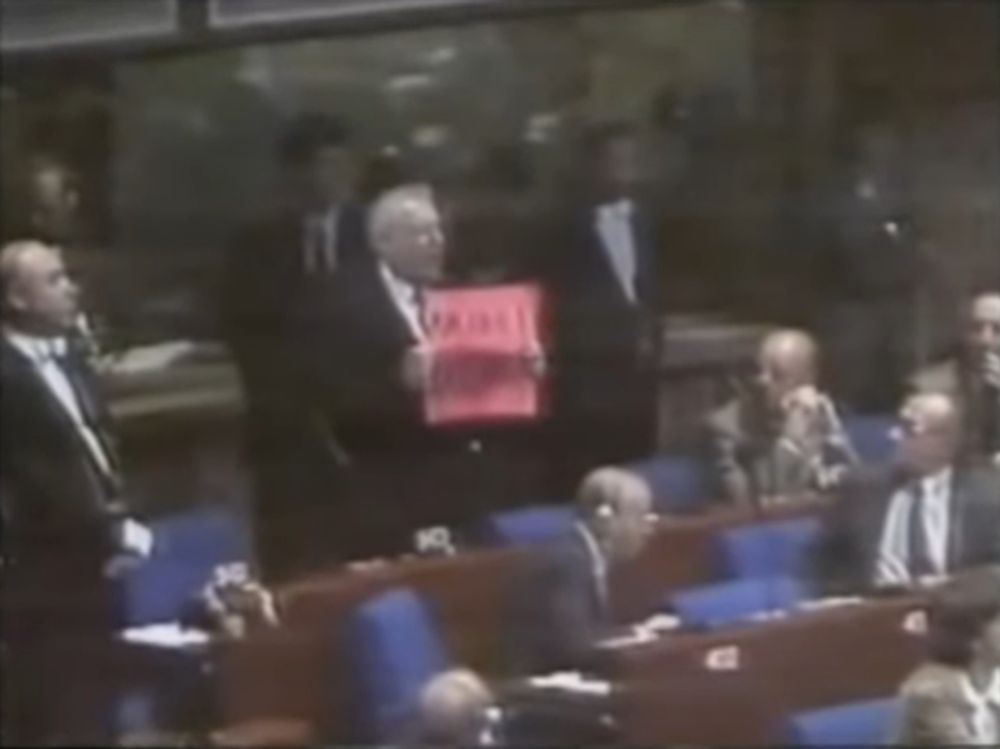Coates is Odd This Day
@oddthisday.bsky.social
5.1K followers
970 following
16K posts
Purveyor of “meticulously researched idiocy” https://mulberryhall.medium.com/
Posts
Media
Videos
Starter Packs







